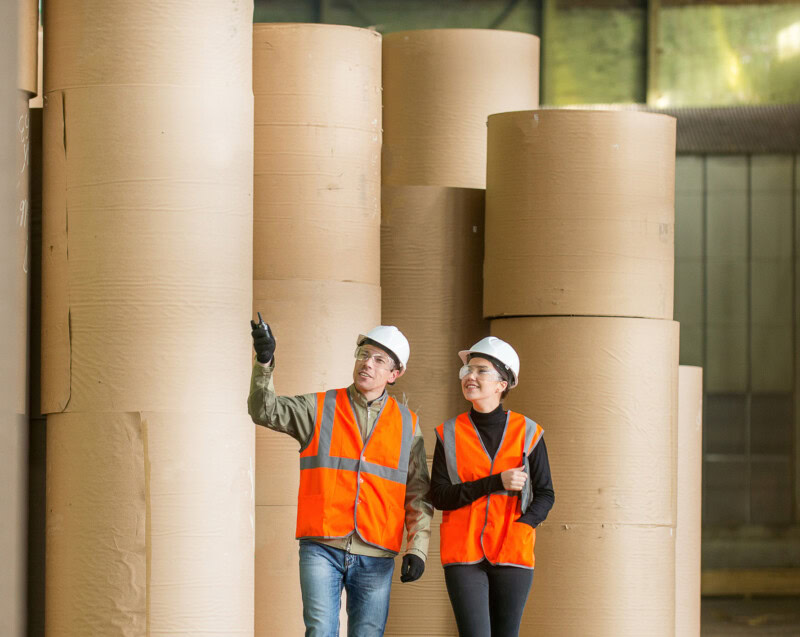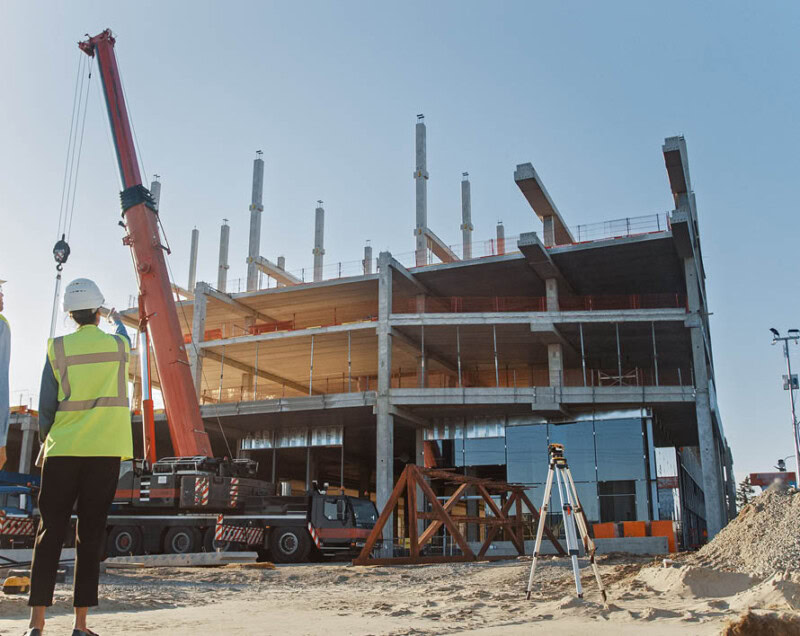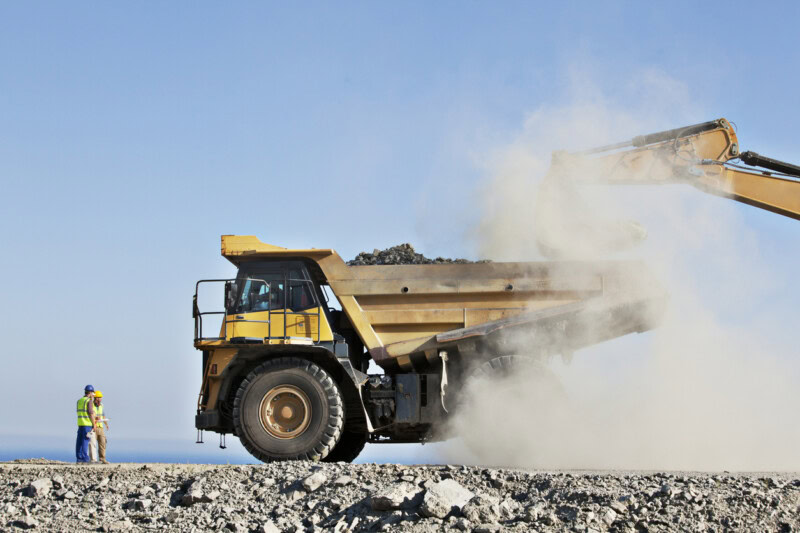The pulp and paper industry keeps the world supplied with everything from packaging to printing materials, but behind the scenes, industrial hygiene (IH) risks can pile up as fast as scrap paper. If left unchecked, these hazards can impact worker health, productivity, and compliance with safety and health regulations. Here are five key IH risks every pulp and paper mill should have on their radar—and how to tackle them.
1. Wood Dust: A Respiratory Risk
Debarking, chipping, and processing wood releases fine particulate matter into the air, and when it comes to health risks, dust isn’t just dust. Wood dust is a known carcinogen, and exposure can cause respiratory issues, skin irritation, and even combustible dust explosions. Proper ventilation, dust collection systems, and regular air monitoring are critical to keeping this hazard under control.
2. Chemical Exposure: More Than Just a Strong Smell
From chlorine and chlorine dioxide in bleaching to formaldehyde in coatings, pulp and paper workers encounter a range of hazardous chemicals daily. Prolonged exposure can lead to respiratory illnesses, skin conditions, and long-term health effects. Air sampling, personal protection equipment recommendations, and engineering controls can help mills reduce chemical exposure and ensure compliance with OSHA regulations.
3. Noise Levels: Turning Down the Volume on Hearing Loss
Pulp and paper mills can be extremely loud. The constant hum of digesters, refiners, and high-speed paper machines can easily exceed OSHA’s permissible noise levels. Without proper hearing conservation programs, workers risk permanent hearing damage. Regular noise monitoring, high-quality hearing protection, and strategic noise control measures can help protect workers’ ears.
4. Heat Stress: Feeling the Burn in the Mill
High-temperature processes like drying and pressing, can be a serious concern regarding heat stress —especially in warmer months. Workers exposed to excessive heat can suffer from dehydration, heat exhaustion, and even heat stroke. Implementing hydration programs, cooling stations, and proper work-rest cycles can help prevent heat-related illnesses.
5. Confined Spaces: More Than Just a Tight Squeeze
Pulp and paper mills have numerous confined spaces, including digesters, tanks, and boilers. Without proper protocols, workers risk exposure to hazardous gases, oxygen deficiency, and entrapment. A robust confined space entry program—including gas monitoring, proper training, and emergency rescue procedures—is essential to keeping workers safe.
The Bottom Line: A Safer Mill is a More Productive Mill
Addressing these IH risks isn’t just about compliance—it’s about creating a safer, healthier, and more efficient workplace. CTEH industrial hygiene experts offer a range of services, including hazard identification and implementation of proper controls to ensure your mill meets safety standards.
Want to assess your mill’s industrial hygiene risks? Contact our team today to learn more.





